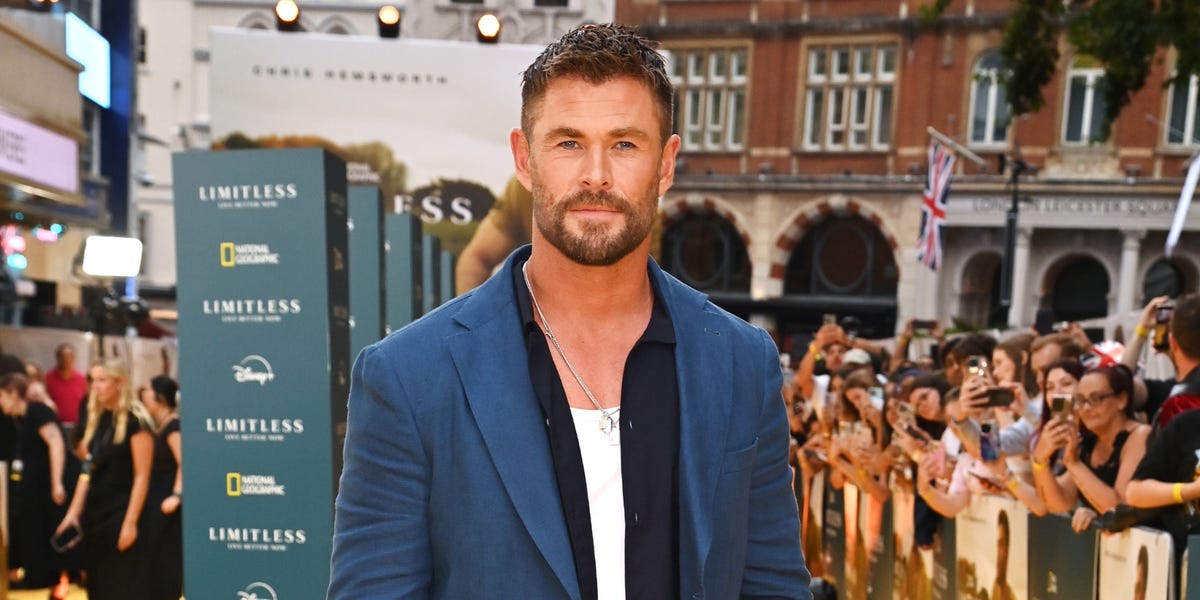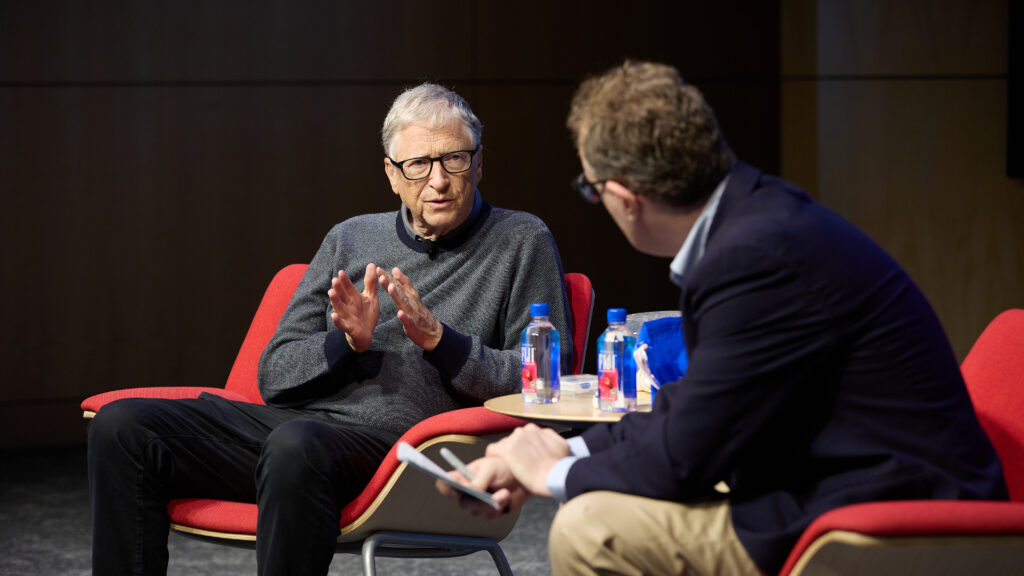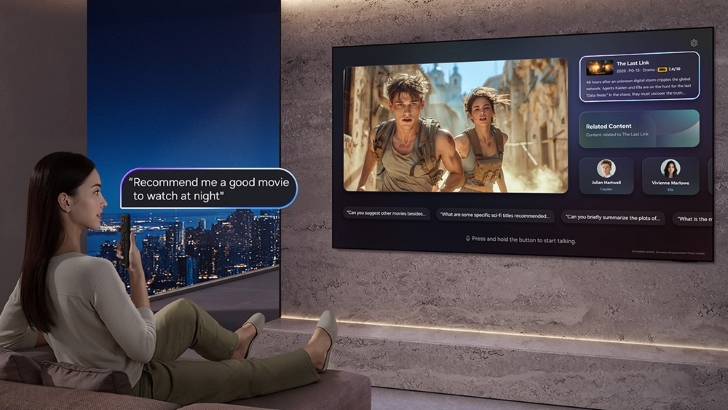Academics have warned that the scientific community needs to take “urgent action” to maintain the academic integrity of research papers, after finding that “sophisticated global networks” are working to undermine the system.
The publication of fraudulent papers is “far outpacing” that of legitimate research, warned the researchers, who have published their findings in the journal Proceedings of the National Academy of Sciences.
They found that although the total number of papers produced is doubling every 15 years, submissions suspected to have been written by “paper mills” are doubling every 18 months.
The paper analysed data sets of retracted publications, editorial records and instances of image duplication to build a comprehensive picture of trends in scientific fraud.
It says that although concerns around scientific misconduct typically focus on “lone” cases, “sophisticated global networks” of individual entities and paper mills are “systematically working together to undermine the integrity of academic publishing”.
Lead author, Luís A. N. Amaral, professor of engineering sciences and applied mathematics at Northwestern University, said these networks were “essentially criminal organisations, acting together to fake the process of science”.
In particular, the study found that some journal editors were accepting disproportionately high numbers of submissions, and that authors were repeatedly submitting to these editors, suggesting that these networks “cooperated to facilitate publishing fraud”. It also finds that when journals were de-indexed, paper mills would target new ones, in a move known as “journal hopping”.
The paper further warns that “the literature in some fields may have already been irreparably damaged by fraud”, and that “current implemented punitive measures are not addressing the tide of fraudulent science”.
Reese Richardson, postdoctoral researcher at Northwestern University and co-author of the report said that the findings should serve as a wake-up call to the scientific community.
“If we’re not prepared to deal with the fraud that’s already occurring, then we’re certainly not prepared to deal with what generative AI can do to scientific literature. We have no clue what’s going to end up in the literature, what’s going to be regarded as scientific fact and what’s going to be used to train future AI models, which then will be used to write more papers,” Richardson said.
Amaral added that the scientific community needs to “police itself better in order to preserve its integrity”.
“If we do not create awareness around this problem, worse and worse behaviour will become normalised. At some point, it will be too late, and scientific literature will become completely poisoned,” Amaral said.
The paper says the findings show that the “integrity of the extant scientific record and of future science is being undermined through the shortcomings in the very systems through which scientists infer the trustworthiness of each other’s work”.
The authors said that there needs to be “enhanced scrutiny” of journals’ editorial processes, improved methods for detecting fabricated research, and a greater spotlight on the networks facilitating any misconduct.
juliette.rowsell@timeshighereducation.com











